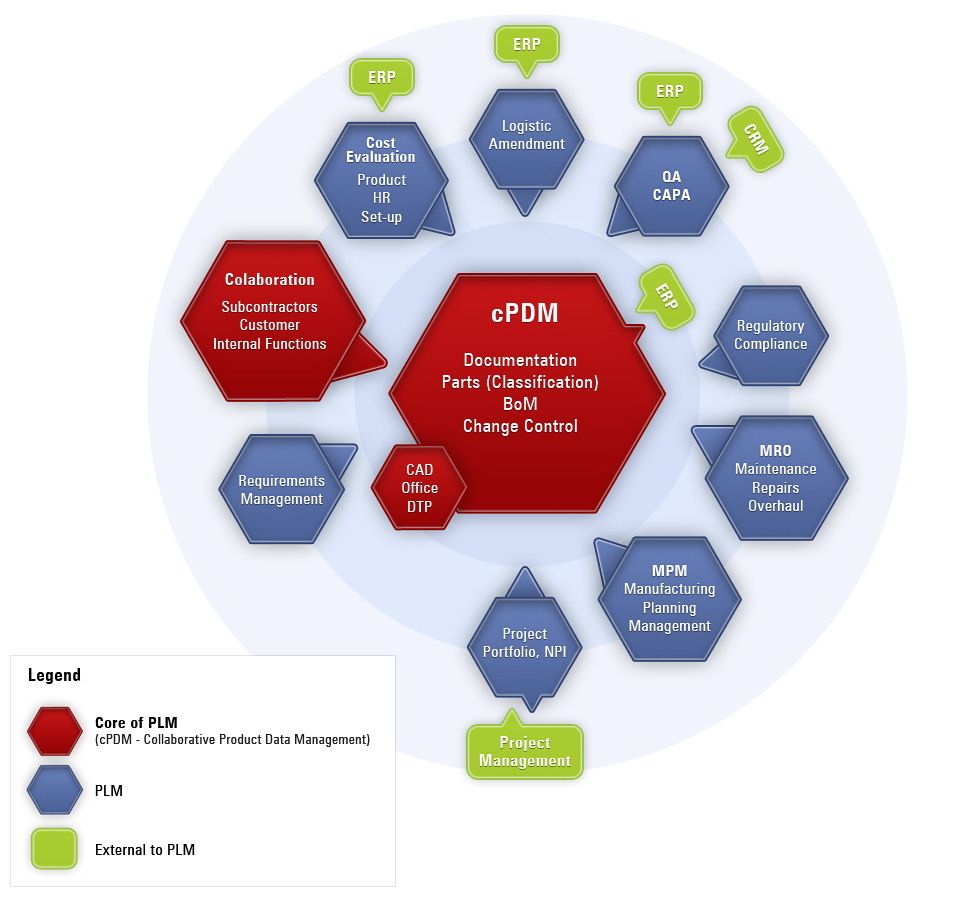
Product Lifecycle Management (PLM)
The engineering environment is usually based on incremental progress rather then a revolutionary progress, i.e.; we design a new version of an existing product or a new version of product major items. Therefore you intend to use common items \ components that you designed in the past, “but where to hell the data resides? Well, well, well, this is a very good reason to initiate PLM implementation.
Do you face problems such as poor reuse ? your ECR\ECO approval processes are too long ? Is your TTM (Time to Market) poor with respect to competition ? If you face this kind of problems you are in the right place to help to resolve them, keep reading!
Do you face reuse problems ?
One of our customers faced poor reuse prior to PLM implementation, each division had its own design. As you may guess the result was duplicates or similar items for different products.
The PLM was a wonderful solution to overcome this problem, reuse reduced design costs and design period.
Is your ECR \ ECO process too long ?
Stories about customers who reduced significantly the ECR \ ECO approval process.
A customer who recorded the changes in a manual file made it very easy to evaluate the impact of PLM implementation. Prior to PLM implementation the required average time was one month. After PLM implementation the period reduced to ten (10) days, that is, reduction of 67%.
Another customer reduced the period for the approval of major changes by 80% (from 35 days to 7 days) and another one, who reduced the time by approximately 75%.
Is your TTM (Time To market) poor with respect to competition ?
Proper use of PLM and applying the proper processes throughout the NPI (New Product Introduction) phases will reduce TTM. A post implementation measurement with one of our customers has proven TTM reduction of 25 - 33 % from 2 years to the range of 16 to 18 months.
Do you submit to subcontractors all the data at the latest released version ?
Remember the story of the customer who lost $100,000. Although on many occasions the situation is not so dramatic, the problem we usually face is that in order to collect the right data the Purchasing department ought to ask (and interrupt) the Engineering department to locate the latest released version. This process is a waste of time for both departments.
The PLM simply resolves this issue, the Purchasing department may locate the updated data (latest released version) from the PLM, either directly or through an interface between the ERP and the PLM.
They will do it when they need engineering documents to initiate a bid and when they need to link engineering documents to a PO (Purchase Order).


